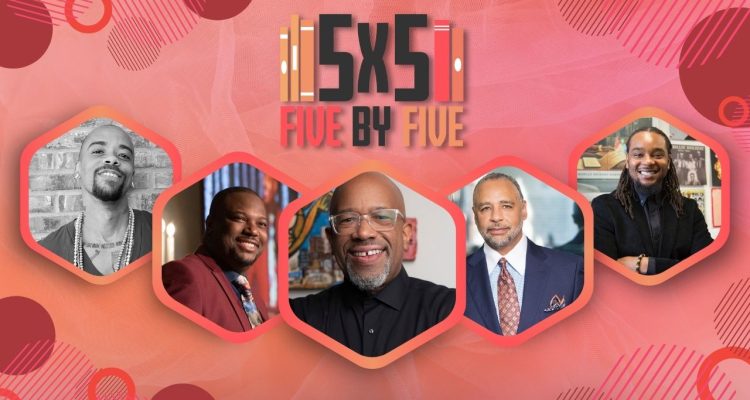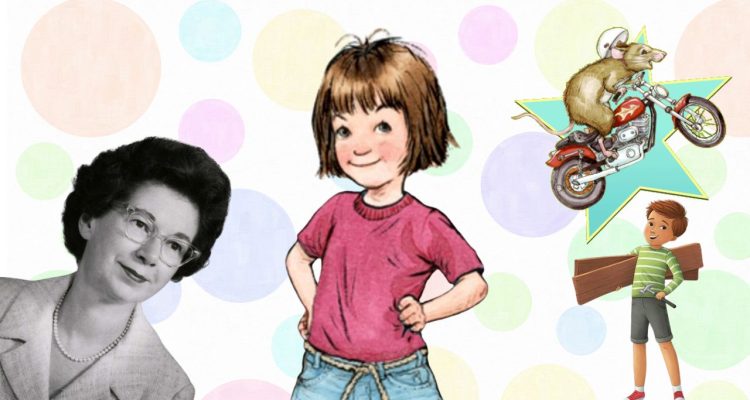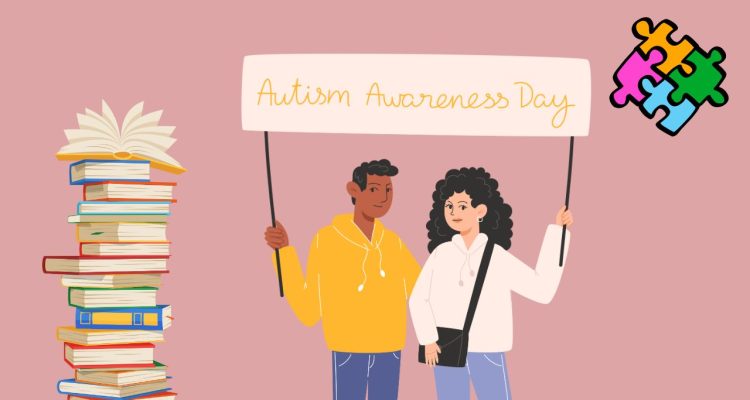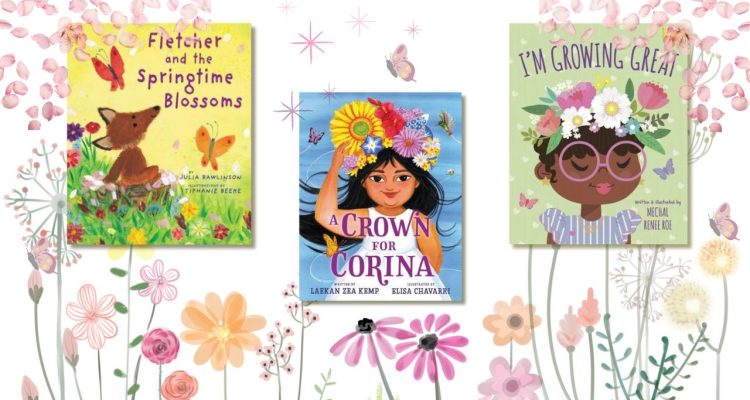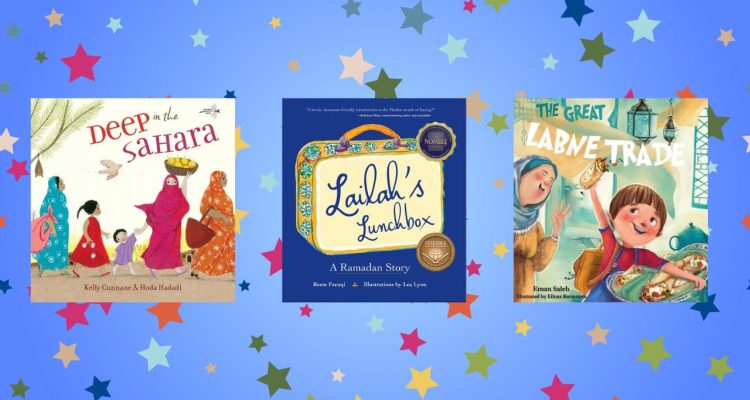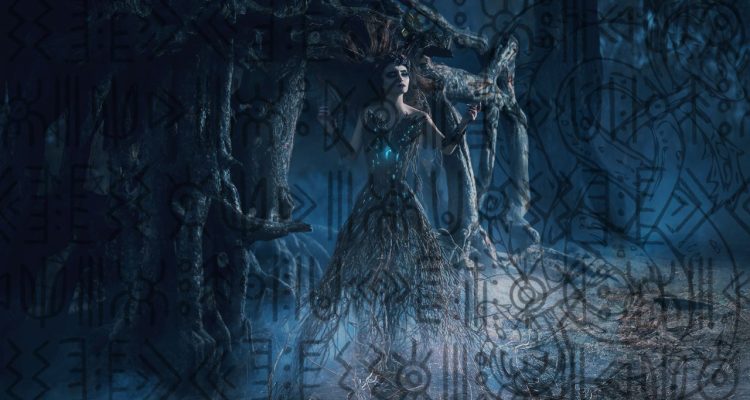If you are from within the Black community, there’s a high chance you’ve heard the phrase, “He’s an Uncle Tom.” It’s never taken in a positive tone, as this term was plucked from Harriet Stowe’s novel Uncle Tom’s Cabin.
The definition of being called an Uncle Tom is a Black individual who solely loves or is subversive to white people. It’s a harmful phrase that still rings inside people’s mouths. In some cases, it can mean that you turned yourself away from your people—the black community. When you hear “Uncle Tom,” it’s never good, and it’s never welcomed.
Uncle Tom’s Cabin: Synopsis

Uncle Tom’s Cabin is set during the antebellum period, before the end of enslavement. The plot is about Uncle Tom, an enslaved person who belongs to the Shelbys—a nice family that takes care of their enslaved people to the point they refer to Tom as an Uncle. However, Mr. Shelby is short on money, so he has to sell Tom to another enslaver.
As Tom ventures off to different plantations, his living arrangements and livelihood only get worse and worse, moving further South the first and second times he is traded. But through it all, Tom keeps his faith in God.
At the same time, Eliza Harris, a biracial woman who passes as white, and her biracial husband want to run away to Canada with their son, Harry, after he is sold alongside Tom.
In the end, Tom helps other enslaved people embrace religion to persevere through the hardships of being enslaved. Still, when two young women, Cassy and Emmeline, run away from Simon Legree’s plantation, things don’t look so good for Tom. He refuses to give them up to his enslaver. As a result, Tom is whipped to death, sacrificing himself for the greater good.
Harriet Beecher Stowe’s Purpose

Stowe managed to create a novel to positively impact the condemnation of slavery. She wanted a peaceful way of denouncing slavery with a nonviolent approach. But unfortunately, though it came from a good place, so to speak, it brought on negative stereotypes and misinformed ways of how enslaved people lived. Stowe successfully wrote an anti-slave book but not an anti-racist one.
Some critics have flagged this novel as not using accurate depictions of how enslaved people spoke or acted. However, it still doesn’t erase the fact that Stowe, intentionally or unintentionally, created stereotypes that last even today. Stowe claims she did her research and went as far as to list the many resources of how she came up with these titular characters.
The True Origins of Uncle Tom
If you’ve read Uncle Tom’s Cabin, you may be a little confused as to why people condemn Uncle Tom for being overly submissive. Ultimately, he goes against his enslaver to save enslaved people, trying to run away. So why is his character painted in such a negative light?
Many different writers and authors alike had differing opinions about Stowe’s rendition of slavery. In particular, James Baldwin claimed:
“Uncle Tom’s Cabin, then, is activated by what might be called a theological terror, the terror of damnation; and the spirit that breathes in this book, hot, self-righteous, fearful, is not different from that spirit of medieval times which sought to exorcize evil by burning witches; and is not different from that terror which activates a lynch mob.”
Minstrel Shows Huge Impact on ‘Uncle Tom’

Have you heard of the term Blackface? It’s something America faces even today when people purposely, and perhaps unintentionally, darken their skin and “act” like black people. Stowe had no say or authority to stop an adaptation of Uncle Tom’s Cabin before 1856. Within these shows, white men would dress up in Blackface and exaggerate being an enslaved person in the scenes. Uncle Tom was supposed to be viewed as a Jesus-like character because of his sacrifice at the end of the story, but unfortunately, he melted into a fool and apologized for slavery.
It’s estimated a quarter of a million people had viewed an Uncle Tom play; a grand portion of those plays was not faithful to the source material. In Stowe’s novel, Uncle Tom is a young, muscular, religious man who doesn’t obey his master. In the plays, you’ll find an older man with a receding hairline, graying hair, opposing sexual features, and an extremely submissive attitude.
You can find a similar character (merely identical) Uncle Tom-like person to Uncle Remus in the novel and adapted Disney movie Song of the South.
Uncle Tom Syndrome
The term Uncle Tom went as far as having a place in psychology. Uncle Tom Syndrome is when a black individual, usually a male, uses coping strategies that abide by passivity and submissive behavior when faced with an oncoming threat, which hides their true feelings.
Uncle Tom Syndrome can go as far as connecting it to assimilation to survive or disappear within the predominantly white crowd. It’s a moniker for what black individuals do to endure in specific spaces—opting to appear nonassertive, overly friendly, and docile. This mirrors the sad ways many of the ancestors had to do to survive enslavement or lessen retaliation when in trouble with their enslavers.
“Uncle Tom” Used Throughout the Years
The earliest recorded record of using “Uncle Tom” as an insult was in 1915. This stemmed from Black Northern men coming to the South and taking jobs away from Southern Black individuals. In particular, Railroad porter workers that so happened to be from the North had an attitude of a submissive nature to them. In 1915, Spanish War veteran R.P. Roosts wrote a letter to Secretary of War Lindley M. Garrison.
“The NEW Negro, and NOT of the ‘Uncle Tom’ class, the passing of whom so many white citizens regret.”
Roosts meant this in a compliment of saying farewell to Uncle Tom-like people and the newly restored faith of more headstrong Black individuals as a reference to the Old South and New North that were battling against the new wave of racism.
After Booker T. Washington died, the term could be found in the newsletter entitled The Defender. The Uncle Tom term stood for anti-slavery but did not do any justice for anti-racism. In 1916, the Defender described a Dallas educator on the side of segregation.
“Like Uncle Tom of ‘Cabin’ Fame This Man is Ready to Submit to Anything a White Man Tells Him—Men of This Stripe Not Even Fitted to Train Skunks Much fewer Children.”

A more famous remark on the character would be from Reverend George Alexander McGuire, who stated during the first convention of the Universal Negro Improvement Association:
“the Uncle Tom nigger has got to go, and his place must be taken by the new leader of the Negro race … not a black man with a white heart, but a black man with a black heart.”
After this, the term began to pick up heat and has been used to describe many celebrities, politicians, and athletes alike in news media outlets and, most recently, on social media.
Uncle Tom References in Recent Times
Although Kanye West, otherwise known as Ye, is an aggressive person, he has been labeled an Uncle Tom for his politically adjacent beliefs of “Make America Great Again” propaganda. For his political views as well, Clarence Thomas, a supreme court judge, has also faced this label in recent years. Even the infamous Micahel Jordan, loved by basketball fans from every generation, has been labeled an Uncle Tom for his inability to help the black community in any way…
Other famous people labeled Uncle Tom are President Barack Obama, Tiger Woods, T-Pain…and so many more.
To combat the horror which minstrel shows held, Spike Lee wrote and directed a film entitled Bamboozled to alleviate the stress and pressures of the Uncle Tom title.
More modern takes on the character and the stereotypes held would be Richard Wright’s novella Uncle Tom’s Children and Victor Lavelle’s The Ballad of Black Tom.
Society will never run away from this term. No matter how many years, decades, or centuries pass, Uncle Tom will live on. Stowe meant to help end slavery, but the unfortunate fact is that it only worsened the racism within America. Like any domino game, since Stowe presented characters like Tom, Emmeline, and Miss. Ophelia, to the world, did not do the proper research or justice within her work. Although it’s been claimed that Josiah Henson was the inspiration behind Uncle Tom—an enslaved man from Canada, it should not be forgotten how Stowe perceived black people: As helpless children.
Thank you then, but no thank you now. However, we can’t go back into the past and change history; that’s a fact.
How did we win the Civil War? Sadly through death and destruction, and not by being a submissive enslaved person. Starting a conversation is still enough, but ending one will most likely involve blood in the mix.
For more Trivia about Black history, click here.

